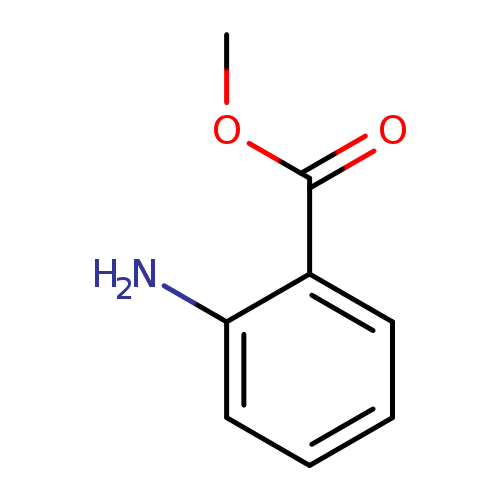 Image 1 of 2
Image 1 of 2

 Image 2 of 2
Image 2 of 2



Hexyl Acetate
Premium Synthetic Ingredient for Perfumery
Hexyl Acetate is a synthetic ester with a crisp fruity-green profile often described as apple- and pear-like. It plays a functional role as a top-note modifier, adding brightness, juiciness, and a natural green nuance to citrus, fruity, and floral accords. Used across fine fragrances, detergents, and flavorings, it brings freshness and clarity to a wide range of compositions.
Premium Synthetic Ingredient for Perfumery
Hexyl Acetate is a synthetic ester with a crisp fruity-green profile often described as apple- and pear-like. It plays a functional role as a top-note modifier, adding brightness, juiciness, and a natural green nuance to citrus, fruity, and floral accords. Used across fine fragrances, detergents, and flavorings, it brings freshness and clarity to a wide range of compositions.
Premium Synthetic Ingredient for Perfumery
Hexyl Acetate is a synthetic ester with a crisp fruity-green profile often described as apple- and pear-like. It plays a functional role as a top-note modifier, adding brightness, juiciness, and a natural green nuance to citrus, fruity, and floral accords. Used across fine fragrances, detergents, and flavorings, it brings freshness and clarity to a wide range of compositions.
Synthetic Ingredient Overview
🏭 Manufacturer: Symrise
🔎 Chemical Name: Hexyl Ethanoate
🧪 Synonyms: n-Hexyl acetate
🧬 Chemical Formula: C₈H₁₆O₂
📂 CAS N°: 142-92-7
📘 FEMA: 2565
⚖️ MW: 144.21 g/mol
📝 Odor Type: Fruity
📈 Odor Strength: Very intense (low tenacity)
👃🏼 Odor Profile: Green, sweet, fruity, crisp (apple-pear-like)
⚗️ Uses: Top note modifier; brightness booster
🧴 Appearance: Colorless, mobile liquid
What is Hexyl Acetate?
Hexyl Acetate is a simple aliphatic ester formed by the esterification of hexanol and acetic acid. Naturally present in apples, pears, and other fruits, it has long been used in flavor and fragrance industries to recreate a crisp, fresh-fruity effect. Commercially produced via synthesis, it offers a stable, reproducible alternative to volatile natural fruit extracts.
Its intense diffusion and sweet green impact make it an ideal material for lifting the opening of citrus and fruity accords. Though its tenacity is poor, the volatility is often seen as a benefit in dynamic top-note construction.
Olfactory Profile & Perfumery Applications
Hexyl Acetate belongs to the family of green-fruity esters and contributes a naturalistic freshness in:
Citrus colognes and fresh eaux de toilette
Apple, pear, and green tea fragrance themes
Floral-green bouquets (e.g., lily of the valley, honeysuckle)
Air fresheners, deodorants, and water-contact products
Hair and body care products with fruity top notes
It blends exceptionally with citrus aldehydes, citronellol, geranyl acetate, and fruity lactones.
Industrial & Technical Uses
Used in food flavoring for apple, pear, banana, and tropical fruit notes
Popular in fruit candies, beverages, and bakery flavorings
Applied in household cleaners, air care, and detergent formulations for fresh impact
Valued for its light molecular weight and rapid diffusion in volatile matrices
Regulatory & Safety Overview
IFRA Compliance: No restrictions under current IFRA 51st Amendment
EU Allergens: Not among the 26 declarable allergens
FEMA GRAS: 2565
Toxicology: Low toxicity; mild skin/eye irritant possible in undiluted form
Handling: Use gloves and protective eyewear during concentrated handling
Flash Point: ~55 °C (closed cup)
Additional Information
Hexyl Acetate has low persistence (typically under 2 hours on strip) but excels in quick-impact compositions. It is widely appreciated as a “naturalizing” tool, recreating realistic fruit and foliage nuances. Despite its simplicity, it remains one of the foundational top-note materials in both commercial and artistic perfumery
Sources
User-provided source
Perfume and Flavor Chemicals – S. Arctander
The Good Scents Company
FEMA GRAS Database
PubChem Chemistry Database




